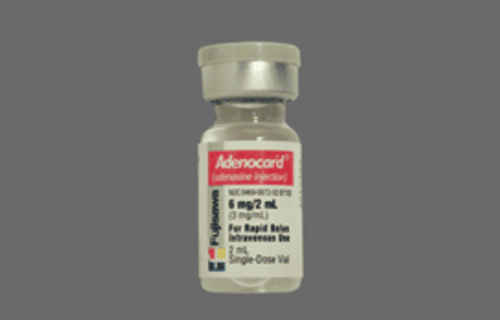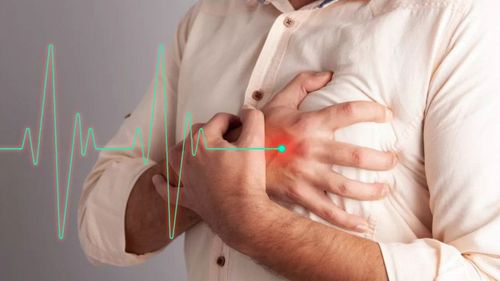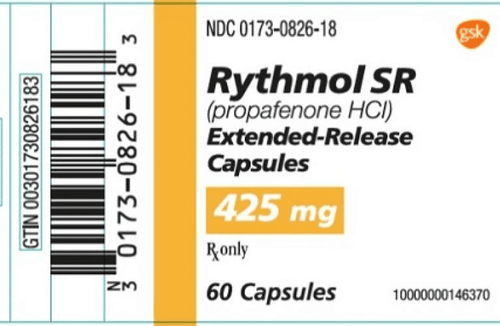This is an automatically translated article.
The article was written by Dr. Dao Thi Mai Lan - Medical Specialist - Gene Technology, VinmecStem Cell Research Institute and Gene Technology
Long QT syndrome usually lasts a lifetime. The risk of an irregular heartbeat leading to fainting or sudden cardiac arrest may decrease with age but never completely disappear. There are several important things you need to do for the rest of your life to prevent an abnormal heart rhythm.
1. Diagnosis of LQTS
Long QT syndrome diagnosed by a cardiologist. To properly diagnose LQTS, a doctor should consider:
Electrocardiogram results History and physical exam results Genetic test results 1.1 Electrocardiogram An electrocardiogram is a common test used to detect and record electrical activity of the heart. This test may show a long QT interval and other signs of LQTS.
Not all people with LQTS will always have a long QT interval on the electrocardiogram. The QT interval can change over time, it can be long at one time and normal at another. Therefore, your doctor may order an electrocardiogram over a period of several days or weeks. Or, your doctor may ask you to wear a heart monitoring device (Holter).
Holter monitors record the heart's electrical activity over a full 24 or 48 hour period. It can detect heart problems that occur within minutes of the day.
The patient is fitted with electrode pads on the chest. The electrode patch has a wire that connects to a small, portable ECG recorder. Patients can wear the ECG recorder on their belt, in a pocket, or hang it around their neck. While wearing the Holter, the patient continues to perform daily activities. The patient also has a notebook, noting any symptoms that appear and the time they occur while wearing the Holter. The doctor will read the results from the recorder and combine with the notebook to diagnose the disease.
Some people only have a long QT interval with exercise. Therefore, the doctor may have the patient do a stress test. The patient is exercised to make the heart work harder and beat faster. An electrocardiogram is performed while the patient exercises. If the person is unable to exercise, the doctor may be given medication to increase the heart rate.
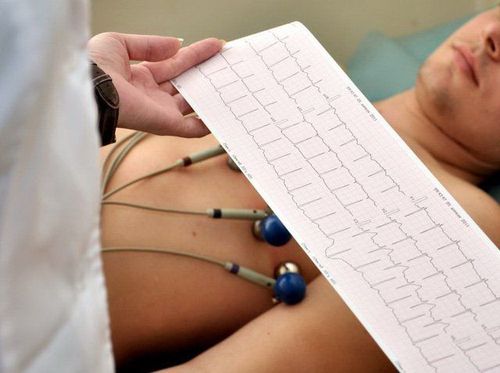
1.2 Medical history and physical examination The doctor will check the medical history and examine the patient as a basis for diagnosis.
Your doctor will check for symptoms of an irregular heart rhythm including:
Unexplained fainting Feeling fluttering in your chest due to your heart beating too fast Panting during sleep Your doctor may ask about medications you are taking. used.
Family history of LQTS or signs of LQTS.
The doctor will check the patient's current health status if there is a decrease in the concentration of potassium or sodium in the blood.
1.3 Genetic testing Genetic testing can detect some inherited forms of LQTS. Genetic testing is often ordered for family members of people with LQTS. However, genetic testing does not always detect LQTS.
In contrast, some patients have a positive LQTS gene test result but do not have any signs or symptoms. These people may have silent LQTS.
2. How is LQTS treated?
The goal of long QT syndrome treatment is to prevent life-threatening episodes of fainting, irregular heartbeat, and heart rhythms. Treatment of long QT syndrome does not cure the arrhythmia and does not restore the normal QT interval on the electrocardiogram. However, treatment improves the chances of survival significantly.2.1 Specific treatments The doctor will prescribe a treatment for the patient based on:
Symptoms of the disease Type of LQTS the patient has Possibility of the patient fainting or sudden cardiac arrest Treatment for edema most suitable for the patient

Lifestyle changes to reduce the risk of fainting or sudden cardiac arrest, avoiding certain sports, heavy exercise such as swimming, which can cause arrhythmias abnormal heart. Avoid medications that can trigger an irregular heart rhythm such as some drugs used to treat allergies, infections, high blood pressure, high blood cholesterol, depression, and arrhythmias. Medications, such as beta-blockers, help reduce the risk of symptoms by slowing the heart rate. The type of medication used also depends on the type of LQTS. For example, doctors usually only prescribe sodium channel blockers to people with LQTS 3. If the patient is at risk for LQTS complications, the doctor will recommend more aggressive treatments (besides medication and lifestyle changes) including:
Implantation of a pacemaker or defibrillator to help control abnormal heart rhythms. Surgery to the nerves that regulate heart rate.
2.2 Lifestyle changes LQTS patients need to avoid things that can cause an irregular heartbeat. For example, people with LQTS should avoid drugs that prolong the QT interval or that have a decreased blood potassium level.
Patients with LQTS should also add more potassium to their diet. Talk to your doctor about eating more potassium-rich foods or taking a daily potassium supplement.
2.3 Use a beta-blocker which is a medicine that stops the heart from beating faster in response to physical or emotional stress. Most people with LQTS are treated with beta-blockers.
Physicians may administer sodium channel blockers to patients with LQTS 3 such as mexiletine. These drugs decrease sodium ion channel activity.
2.4 Using assistive devices Pacemakers and defibrillators (ICDs) are small devices that help control abnormal heart rhythms. Both devices use an electrical current to prompt the heart to beat normally. The surgeon implants a pacemaker and an ICD into the chest or abdomen with a small procedure.
The use of these devices is similar in children and adults. However, children are still growing so problems will arise and appropriate equipment replacement will be needed.
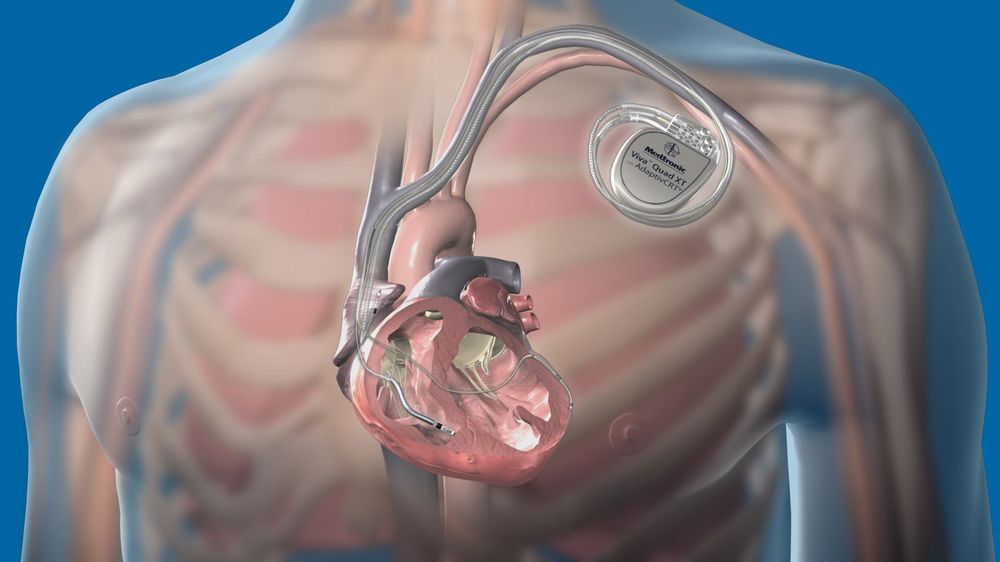
2.5 Surgery Patients at high risk of dying from LQTS may have surgery to cut the nerves that make the heart beat faster in response to physical or emotional stress. Surgery helps the heart. beats at a steady rate and reduces the risk of dangerous heart rhythms in response to stress or exercise.
3. Living with LQTS
Avoid things that cause irregular heartbeat Let others know you may pass out or have your heart stop having a plan in place for dealing with an irregular heartbeat If an irregular heartbeat occurs, seek treatment immediately ie 3.1 Avoiding Triggers If exercise causes an irregular heart rhythm, the patient should avoid strenuous exercise, especially swimming. Patients with implanted pacemakers or defibrillators should avoid contact sports that could damage these devices. Avoid medications that can cause an irregular heart rhythm such as some drugs used to treat allergies, infections, high blood pressure, high cholesterol, depression, and arrhythmias. If there is a decrease in the concentration of sodium or potassium in the blood, the patient should be treated immediately. With LQTS 2 patients, try to avoid noises such as loud or shrill alarm clocks. 3.2 Informing others about their illness Patients may wear a medical necklace or bracelet indicating that they have LQTS. This will help alert medical staff and others to the patient's condition if there is an emergency. Inform regular contacts of your condition for emergency action Family members and/or co-workers know how to perform CPR in case your heart stops beating . Patients can carry an automated external defibrillator (AED) at home or at work. This device uses electrical shocks to restore a normal heart rhythm. Family members and/or co-workers should also be trained in the use of the AED, just in case. Patients with LQTS 3 should not sleep alone, if they must sleep alone, there should be an intercom system in the bedroom that allows others to detect the gasps that occur when there is an irregular heartbeat.

3.3 Routine Health Checkups People with LQTS should see a cardiologist regularly. Your doctor will monitor your condition and recommend appropriate treatments.
Living with LQTS can cause fear, anxiety, depression and stress for patients. Therefore, patients can seek advice from their doctors to improve their quality of life.
To protect cardiovascular health in general and detect early signs of cardiovascular disease, customers can register for an examination at Vinmec International General Hospital - The place providing examination, consultation and treatment services. Comprehensive, professional, civilized, polite, safe and sterile medical examination and treatment space. Customers when choosing to perform tests here can be completely assured of the accuracy of test results.
Please dial HOTLINE for more information or register for an appointment HERE. Download MyVinmec app to make appointments faster and to manage your bookings easily.
Article referenced source: NCBI





